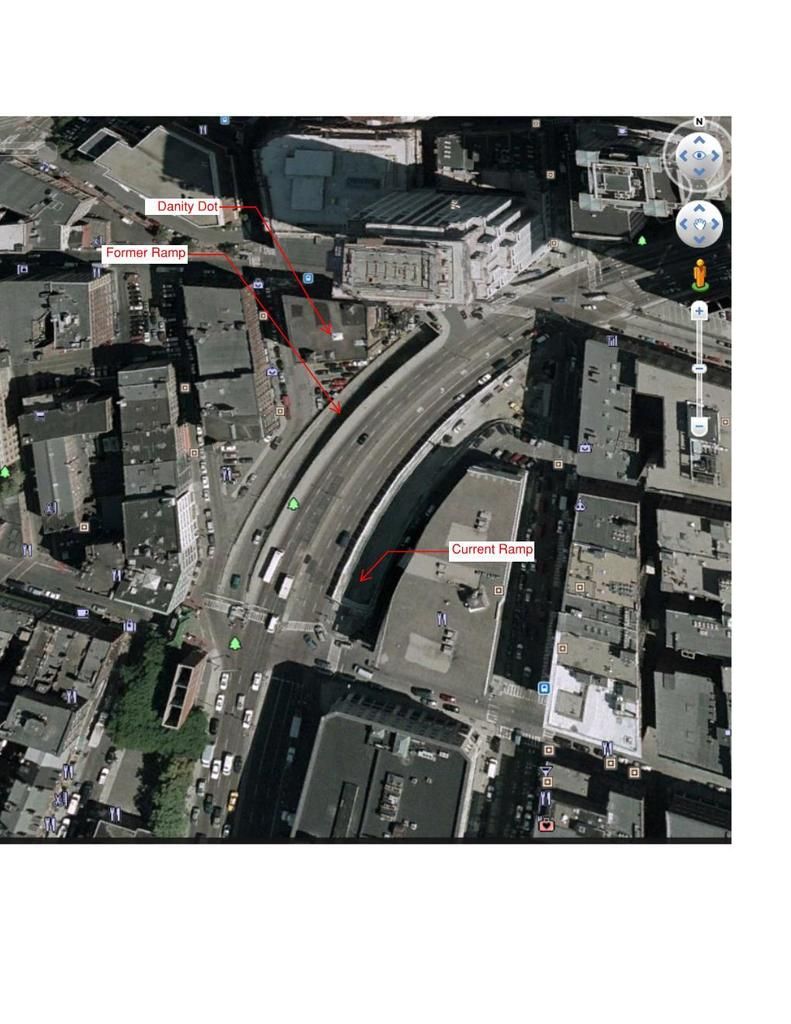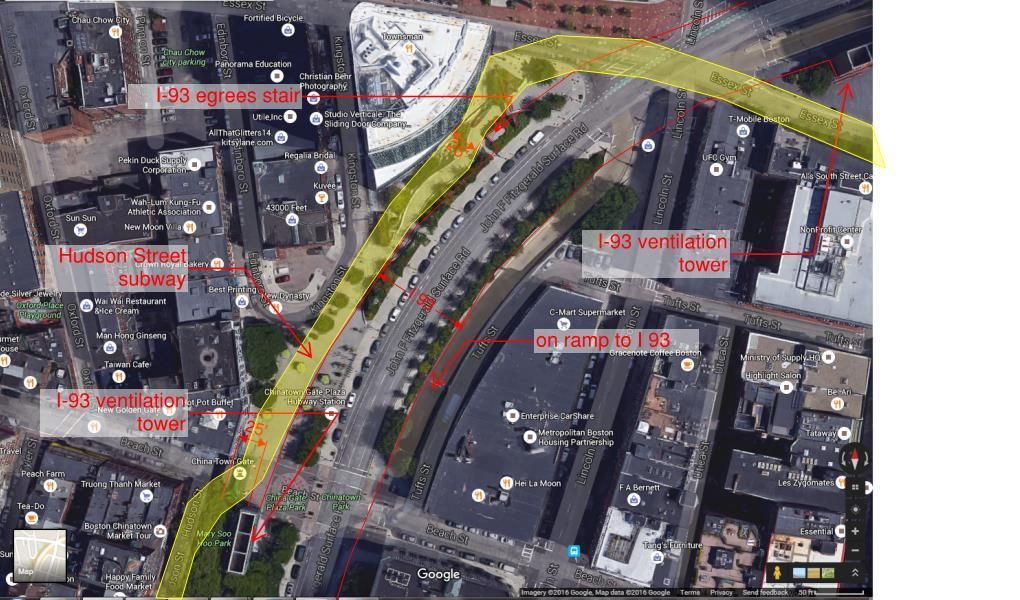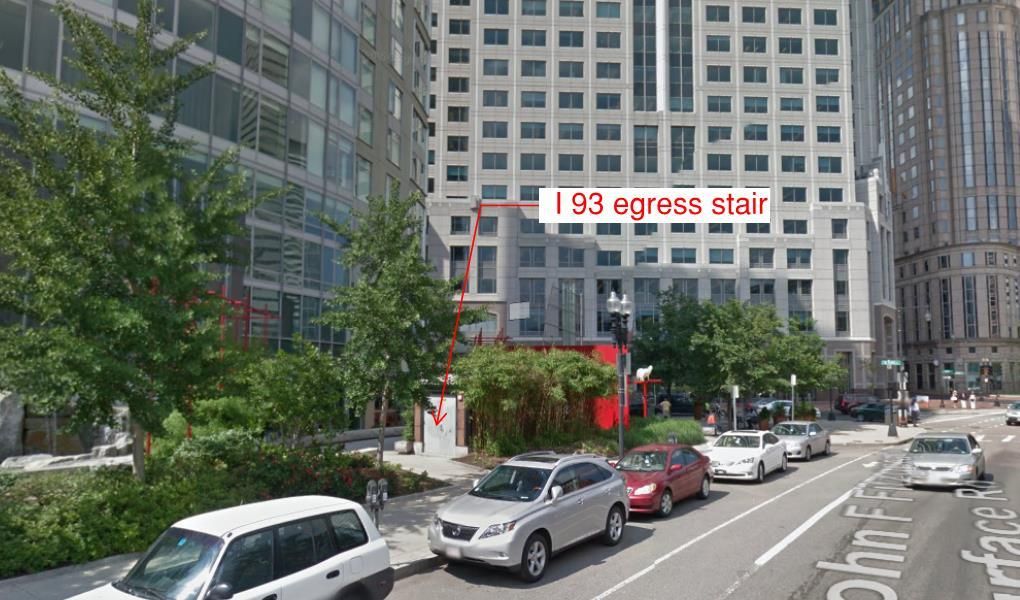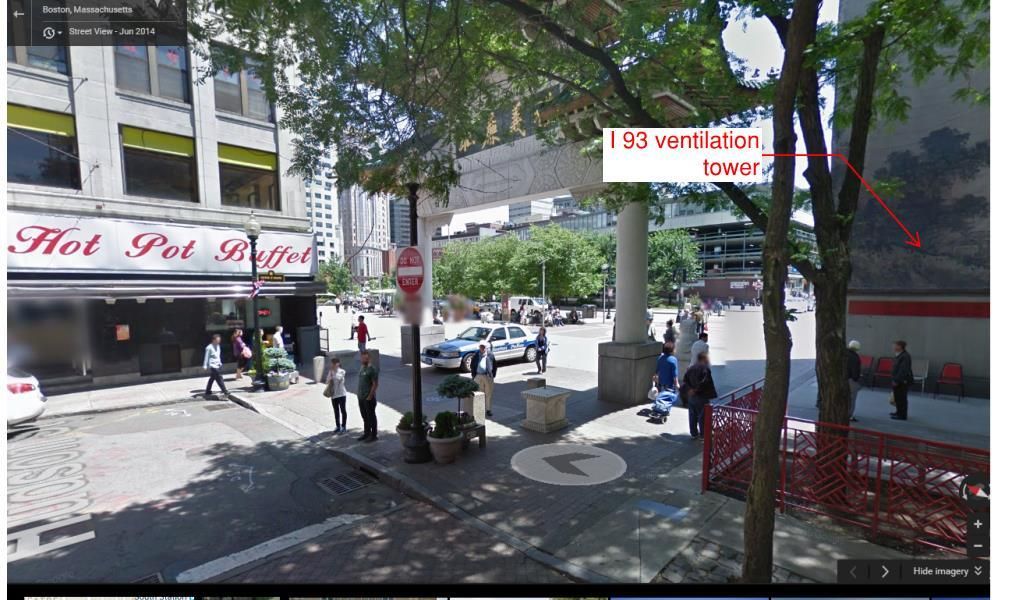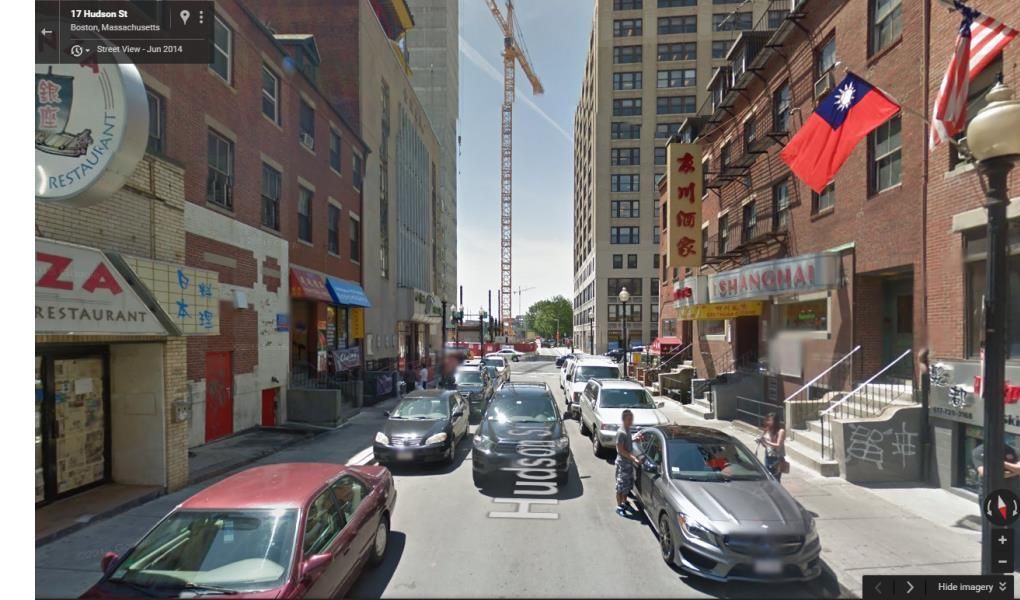Essentially, here we are at the impasse again. Same impasse that's always arrived at. Everyone agrees that multiple alternatives must be studied, including an Essex Routing. We can all lay out the pros/cons of different routings and which routings are more likely to survive the study phase, or which routings will encounter fatal physical blockers.
As it currently stands, with the information we have, the "roundabout" route seems to fulfill the project requirements with the least potential engineering blockers. Of course one can appeal to the unknown and say "well who KNOWS what would be encountered on the 3000ft stretch of new tunneling that might be a blocker." Sure, but that's not an arguable point. It's a claim that appeals to the unknown. If we want to be able to move forward, and not keep arguing in circles again in a few months' time, we have to make these projects part of the broader transit conversation in the city and state.
No, it's not the same impasse. There's a full accounting of exactly where and how Phase III came unglued, and it was on the feasbility scoring of their alignments. Plus an indirect influence of their choice of BRT mode forcing the alignments that got poor scoring. There's a full accounting of what the triggering event was for the project's end: the FTA slapping it with a not-recommended rating when the feasibility scoring dipped too low, ending any chance of federal funding. There's full accounting of exactly where the feasibility took the biggest hits: structural impacts around old transportation structures primarily, and structural impacts around too many old building foundations secondarily.
Restarting it does not mean we're at ground zero and everything has been reset to unknown-unknowns. It means the starting point is where Phase III left off, and the task is rolling back those feasibility demerits to hit the same top line project goals at far better bottom line. That's the fundamental difference between it being a Crazy Transit Pitches-type cartographer's spit-take where anything goes, and a real unfunded-mandate project that's getting a second take. The project is about making design changes that
correct the poor scoring, not starting over with a blank sheet of paper.
Change #1 that corrects the scoring is switch of BRT to LRT, because that is the only way to tame the worst of the Central Subway structural impacts and the Transitway is already future-proofed for this. Now you have to score the routing Alternatives that eliminate the most structural impacts, and thus the most sources of exponential cost bloat. The bottom-line scoring informs the probabilities that a given routing will work, and then you pick your winner and your backup(s) and put them through the FEIR. That's not an appeal to the unknown; it's an appeal to quantifiable probability of success.
Phase III's problem is that it didn't appeal to quantifiable probability of success...it appealed to political choice of the BRT mode and BRT branding. That's what introduced the structurally-impacting west portal and stipulation that it be shotgun-married to the El-replacement Washington St. line, even though that is not a service pattern with established demand. That's what introduced the structurally-impacting Boston Common loop and extra block of Central Subway impacts. And that's what introduced the building impacts on Essex St. because verboten destruction of the Tremont tunnel prevented scoring of any South End alternatives through urban renewal land.
So if Project Change #1 is BRT to LRT, that is the decision that opens up a head-to-head Alternatives analysis of Essex vs. Marginal that did not occur on the original plan. Recall that in the early-70's when all the big transit studies were done in the wake of the SW Expressway cancellation they
did study Washington St. light rail via the Tremont Tunnel to Marginal St., slipping under the OL South Cove tunnel, portaling-up on the Pike-facing sidewalk of Marginal east of there, and turning onto Washington. I linked to the diagram of it sometime last year from an online-archived photocopy of the study, but can't find it on board search. Half the South End alignment was previously scored as a known-known. It was not studied to the Supplemental DEIS -level that the Essex BRT alignment was, but it was studied with hard data and is most definitely not an appeal to the unknown.
Since the Big Dig cleanroomed all of the area around the Transitway insertion and gave the Surface-Atlantic block of Essex a clean bill of health, we also have hard data confirming that feasibility (and the poorer scoring of the C/AT-cleanroomed South Bay spaghetti ramps as a viable Alternative).
Therefore, the only unstudied unknown with the South End alignment is how you do the tunneling segment between Marginal and Essex @ Surface...or, between the Tremont Tunnel and Essex @ Surface. Not Essex vs. South End, but intra- South End. It
doesn't necessarily have to be Marginal. Stuart/Kneeland is guaranteed to be a studied Alternative too. Its only potential structural impact scoring demerits may be busting out of the Tremont tunnel at a sharp angle, and turning north at a sharp angle around Hudson. But if a DEIS ends up scoring those two single-point impacts as benign...Kneeland looks pretty solid because its width sidesteps so many building impacts. Oak could also be a #3 South End alternative, but highly doubt the narrowness is going to score well vs. Kneeland or Marginal.
I'd assign a somewhat higher probability to Marginal by virtue of recycling the previous study, having no Tremont tunnel impacts, and being tangent when it has to thread around Hudson. But I'll freely admit that's conjecture. Marginal vs. Kneeland are unlikely to have
divergently different feasibility scores, so either one is likely to check out feasible enough to salvage the project. The only unknown is which is going to score better than the other; that's what DEIS's are for.
We aren't playing with full unknowns for Essex vs. South End. Essex has to be a study Alternative because the Phase III SDEIS has more granular detail there than the older South End study. It's S.O.P. to use all available prior study info, and given the salvage nature of the project a necessary fallback position to consider on a project this vulnerable to being upended by fatal blockers. However, we DO know enough about Essex vs.
general South End routing scores, because we know exactly which exponential-cost structural impacts killed Phase III. Essex touches more of those structural impacts than any alignment that leaves Boylston station alone, leaves the old buildings on the first block of Tremont south of Boylston alone, and doesn't touch anything until (at earliest) the Stuart corner. Those scores are known-known. The only unknowns that could bring Essex back in favor as the fallback is if any of the wrap-around alignments through South End pile up enough fatal blockers to roll back the considerable scoring advantage of Tremont-exiting-Boylston vs. Essex-exiting-Boylston.
The unknowns for potential demerits are self-contained there on the cross streets of the South End. It is very well-known today which mainline alignment gets off to the races out of Boylston with the biggest scoring lead.




